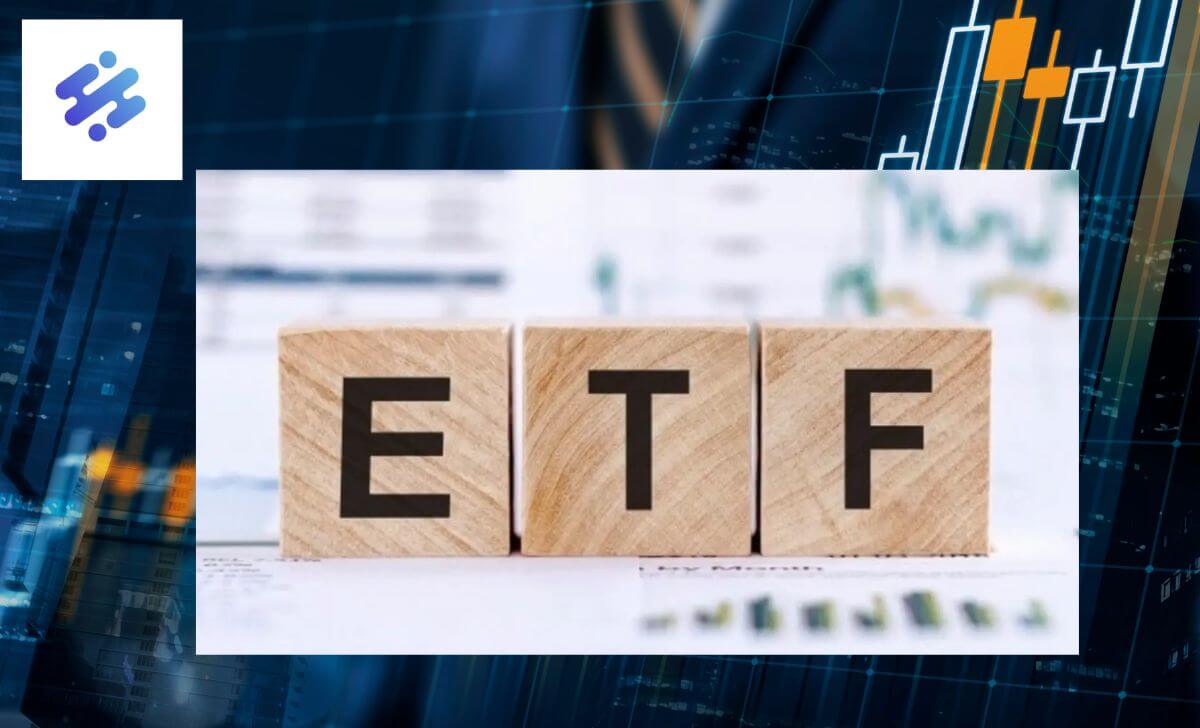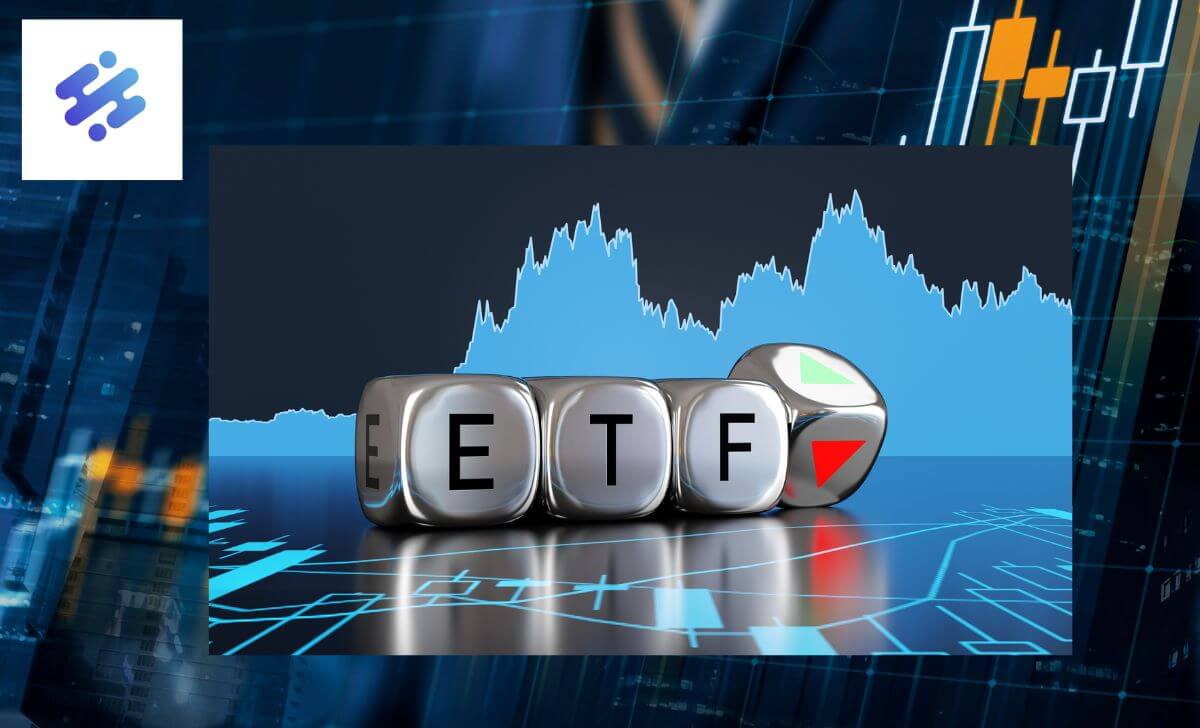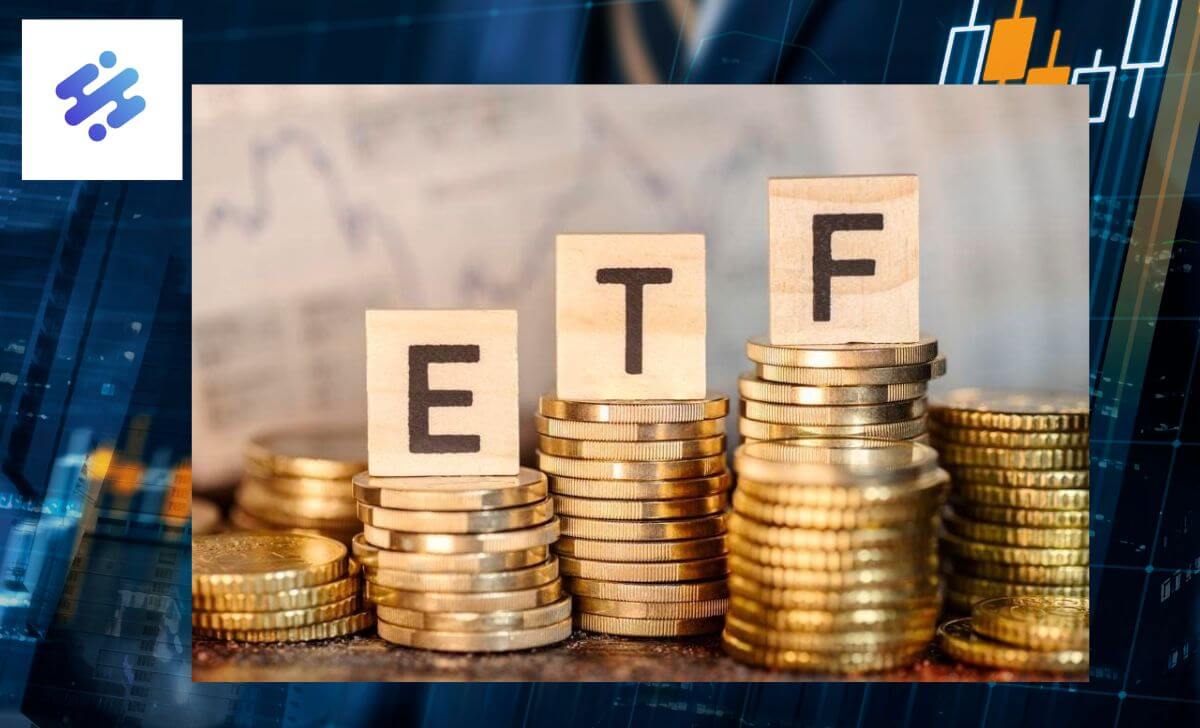Alongside saving, the majority of ETF fund to match their results with a benchmark index, which typically results in reduced ongoing income for the fund and, as a result, lower fees. Nevertheless, this does not negatively impact performance.
In this article, AZCoin will introduce details about ETF fund and their impacts on the cryptocurrency market.
What is ETF?

ETF (Exchange Traded Fund) is an investment fund that aims to simulate the fluctuations of a certain group of assets (for example, technology stocks, energy stocks, commodities, bonds, crypto, etc.). ETFs are available for buying and selling on stock exchanges.
ETFs are an investment product that helps users with limited capital access to many different types of assets at cost savings. ETFs are also a solution that helps individual investors save time on research while still ensuring diversity in their portfolio.
ETF designers and developers will decide on the asset classes and the investment weightings for each asset class in the fund. For those who don’t know, Blackrock and Vanguard are the largest crypto ETFs today.
Examples of ETF fund include:
- SPX Fund: Simulates the performance of the S&P 500 index.
- BOND Fund: The fund’s portfolio includes various bonds issued by governments and corporations.
- DBC Fund: ETF developed by Invesco to invest in the commodity market…
Where does the demand for ETFs come from?

The need to invest and accumulate assets always exists in the economy. This need is especially high for products on the stock market because of the attractive profits it brings.
However, high profits come with great risks. This is not only true for the stock market but also for many other markets such as real estate, goods, etc.
In addition, investors with small capital cannot invest in many different types of assets at the same time. The reason is that due to regulations and system issues, the ability to trade odd lots and divide assets to meet the needs of mass investment is very limited. Moreover, self-study to invest also takes a lot of time and requires specialized knowledge, not everyone has enough resources to meet.
Therefore, ETF products were born to serve the investment needs of the public. ETF products help investors:
- Diversify your portfolio with low initial costs and capital.
- Investing is easier because it does not take much time to learn in depth about each specific asset type. The issues of weight allocation and portfolio optimization are taken care of by the team of ETF issuing companies.
- Buying and selling is easy because these products are listed on the stock exchange.
How ETFs Work

ETFs operate in three main processes:
Creation Process
- ETF creators study and introduce specific funds.
- The proportions or types of assets owned by the fund will be reviewed, evaluated and changed regularly to achieve the fund’s objectives.
- The issuer will then issue ETF certificates representing partial ownership of the portfolio in the fund.
- The issuer may charge periodic fees.
Trading in the primary market
- Investors can directly purchase ETF certificates in large quantities from the issuing company.
- Investors trading on the secondary market do not buy ETFs with money but with the portfolio of securities that the management company has provided above.
- This is the process of exchanging a portfolio for ETF certificates (representing holdings in the fund).
- Investors in the primary market are typically large institutional investors, market makers or fund founders.
Secondary market trading
- Most ETF trading will be done here by public investors.
- Individual investors can buy/sell, own ETF certificates and receive the above benefits.
- There will also be arbitrage activities by market makers.
- Arbitrage activities will ensure the liquidity of ETFs and help the price of ETF certificates fluctuate closest to the price of underlying assets (portfolio/underlying assets in the fund).
Classification of ETFs

According to management method
Based on management methods, ETFs are divided into two types: active management and passive management .
Passively managed ETFs are funds that are built with the goal of owning a portfolio that closely follows a pre-determined index or asset class. Passive ETF fund managers will not be able to easily change or buy and sell to increase the initial asset ratio in the fund.
In contrast, active ETF managers have the flexibility to trade the assets in the fund with the goal of greater returns. However, when holding actively managed ETFs, customers will also have to pay higher fees.
Some information related to ETFs that you can read more about: Multi-Crypto ETF, Futures-Based ETF
By asset allocation
Based on the type of asset, ETFs can be divided into many different types:
- Stock ETF: The assets in the fund are stocks. A typical example is the SPY fund (a stock ETF that simulates the fluctuations of the S&P500 index).
- Bond ETF: The assets in the fund are different types of bonds.
- Commodity ETFs: The assets in the fund are commodities or can be commodity futures contracts.
Besides, there are many other types of ETFs such as ETFs by industry group, ETFs of derivative products, mixed ETFs (combining many of the above types of ETFs)…
Epilogue
ETF fund is a product designed to serve the needs of the general public. If you are an investor and do not have much time to learn deeply about a specific asset, ETF will be the right tool to maximize the benefits due to the above advantages they possess.

I am Tony Vu, living in California, USA. I am currently the co-founder of AZCoin company, with many years of experience in the cryptocurrency market, I hope to bring you useful information and knowledge about virtual currency investment.
Email: [email protected]











